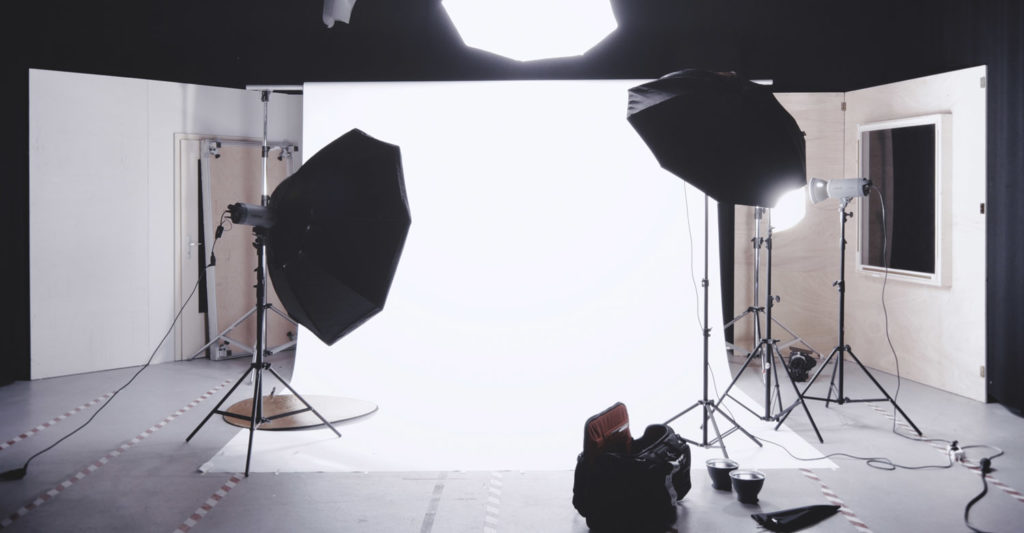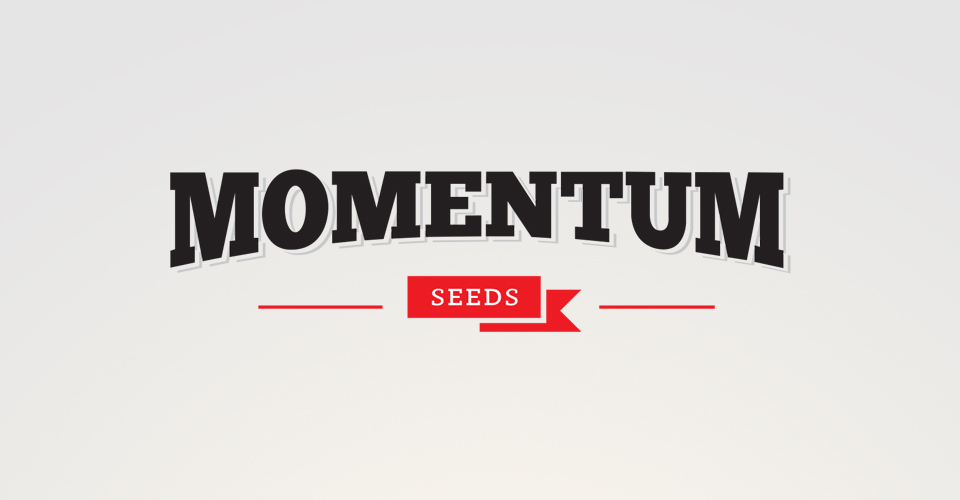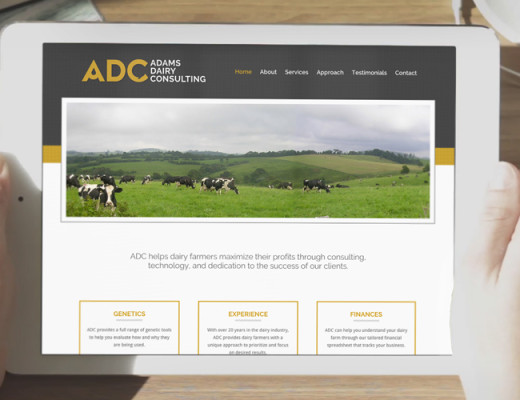Imagery, along with careful content planning, is one of the best ways to orient a website project for success. Picking the right pictures to showcase your mission, goals or organization ensures visitors establish a connection, helping them make contact.

This article will address how to judge photos that can aid in articulating a story and instill activity.
Whether you’re using a stock photo or something you’ve taken on your own, consider the following questions to determine what (and what not) to use for your site.
Will this be just a placeholder image or is this the actual photo I’ll be using?
One misconception about using pictures on a site is that more is better. This is false.
Quality is always better than quantity. Pictures shouldn’t be just to fill up space. Too many photos can distract the reader and steer them off course from your intention. Your photos should be meticulously chosen and positioned throughout your website discerningly and deliberately. Be fussy and select photos that serve a purpose. Opt to use photos that enhance, contextualize, and visualize the message you’re trying to convey.
What story does your photo tell?
When assessing pictures, begin by looking for a photo’s narrative via assessing the details surrounding the focal point. The story that inspired the pictures should be transparent from the outset. Imagery should articulate a story or message that isn’t horribly vague; you don’t want to misguide people or choose a picture that inhibits the message you’re attempting to get across. Consider what the photo is trying to say, the underlying message in it, and how you can use it as a bridge to your own story.

The hero image (the big, banner image) on a website conveys a story by pairing visuals with content, making it one of the most important choices on each page. While the photo and content can tell their own stories, the effect is stronger when coupled in such a way.
Does the photo contain any people?
People like engaging with one another. Pictures displaying people can articulate that your nonprofit is authentic and genuine, allowing you to establish credibility with your target market.
When feasible, use pictures of actual people (while adhering to privacy laws, of course) associated with your non-profit or organization, such as employees, volunteers, and individuals who are success stories.
For instance, in an educational context, pictures of children participating in some kind of science project is a much more impactful visual than a stack of textbooks. Also, consider using photos that represent sincerity by selecting candid photos (instead of people posing for a picture), which reflects the personality and complexity of the group.
Does the image evoke emotion?
Enhance the emotional appeal of pictures and choose photos that make people feel inspired, happy, or motivated enough to support your nonprofit. Pictures with vibrant colors generally convey a positive outlook. Black and white imagery can be reflective of a more somber feel, while also articulating drama and power.
Can the photo inspire activity?
Emotion and persuasion go hand in hand. There is usually an emotional incentive or link behind many of the buying choices people make online. Use that principle for your nonprofit as you attempt to get people sign-up, volunteer, or donate.
Your pictures should reinforce and complement the major calls to action on your site. Choose photos that highlight relevant people, context, and actions to inspire support from people.
Is your brand represented in the image?
Ensure the pictures are consistent with your overall look on every one of your platforms. There should be an aesthetic coherence in your photos.

The imagery should unite your branding in all promotional material. Regular photo editing (coloring, cropping, and filters) can accomplish this. While you comb through photos to use, ensure the ones you pick will be appealing and impactful.
Interested in learning more about how photos can be used to enhance your website? Contact us to see how we can help your organization and non-profit online with engaging website design.


